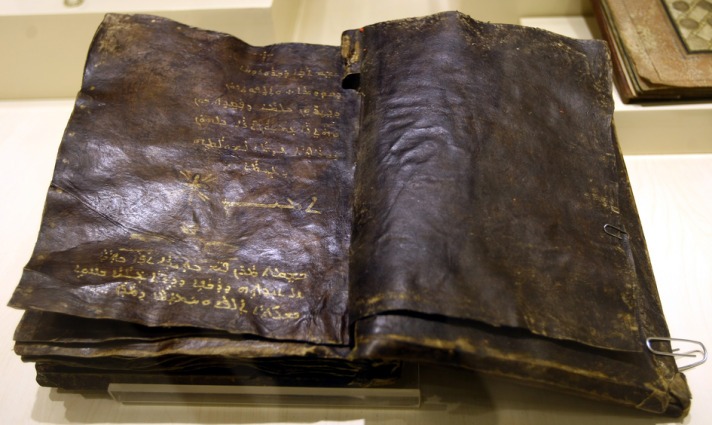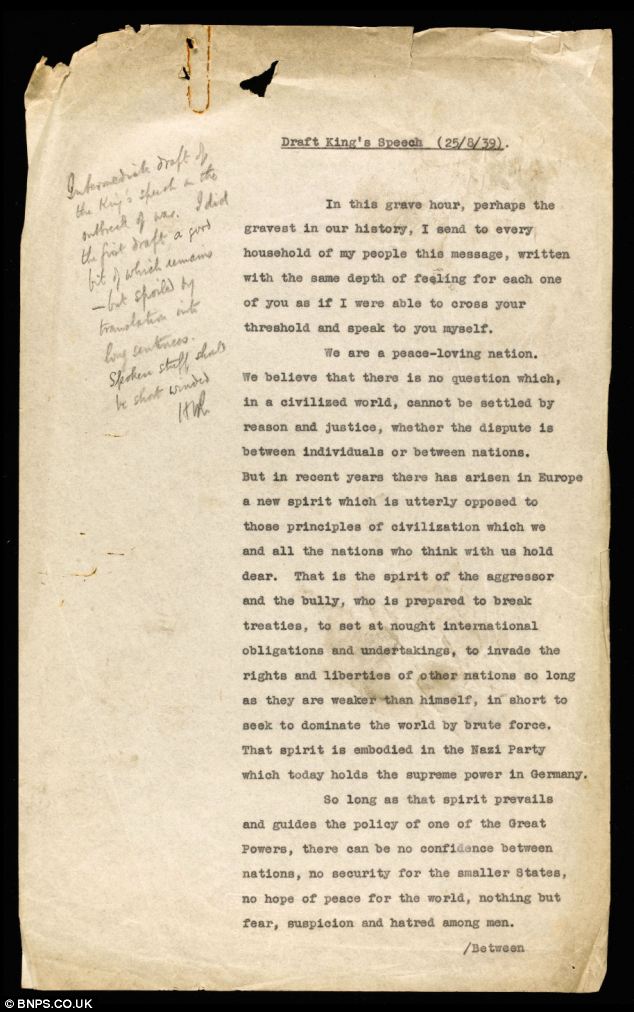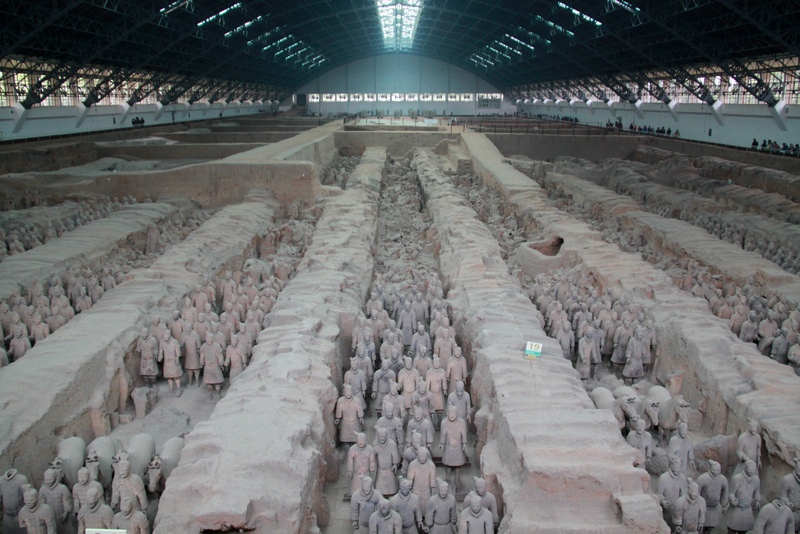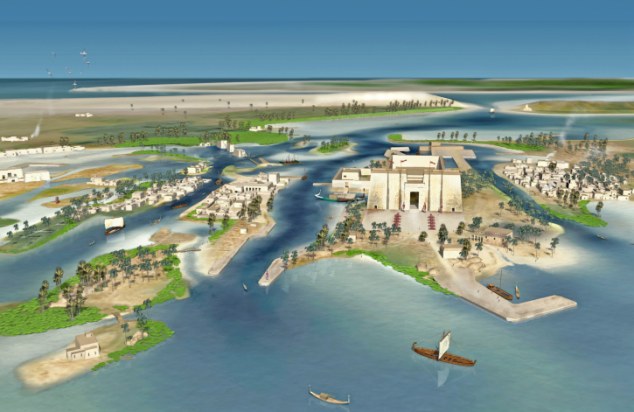
© Unknown.Ancient Bible in Aramaic dialect Syriac rediscovered in Turkey
A 1,500-year-old Bible in which Jesus is believed to have foretold the coming of the Prophet Mohammed to Earth has attracted attention from the Vatican this week.
Pope Benedict XVI has reportedly requested to see the book, which has been hidden in Turkey for the last 12 years, according to the
Daily Mail.
The text, reportedly worth $22 million, is said to contain Jesus' prediction of the Prophet's coming but was suppressed by the Christian Church for years for its strong resemblance to the Islamic view of Jesus, Turkish culture and tourism minister Ertugrul Gunay told the newspaper.
"In line with Islamic belief, the Gospel treats Jesus as a human being and not a God. It rejects the ideas of the Holy Trinity and the Crucifixion and reveals that Jesus predicted the coming of the Prophet Mohammed," the newspaper reported.
"In one version of the gospel, he is said to have told a priest: 'How shall the Messiah be called? Mohammed is his blessed name.'
"And in another, Jesus denied being the Messiah, claiming that he or she would be Ishmaelite, the term used for an Arab," the newspaper added.
According to the report, Muslims claim the text, which many say is the Gospel of Barnabas, is an addition to the original gospels of Mark, Matthew, Luke and John.
St. Barnabas is traditionally identified as the founder of the Cypriot Church, an early Christian later named an apostle.
Gunay said the Vatican has officially requested to see the book, which Turkey had discovered during a police anti-smuggling operation in 2000.



Comment: See also: Tree-rings prove climate was warmer in Roman and Medieval times than it is now - and world has been cooling for 2,000 years